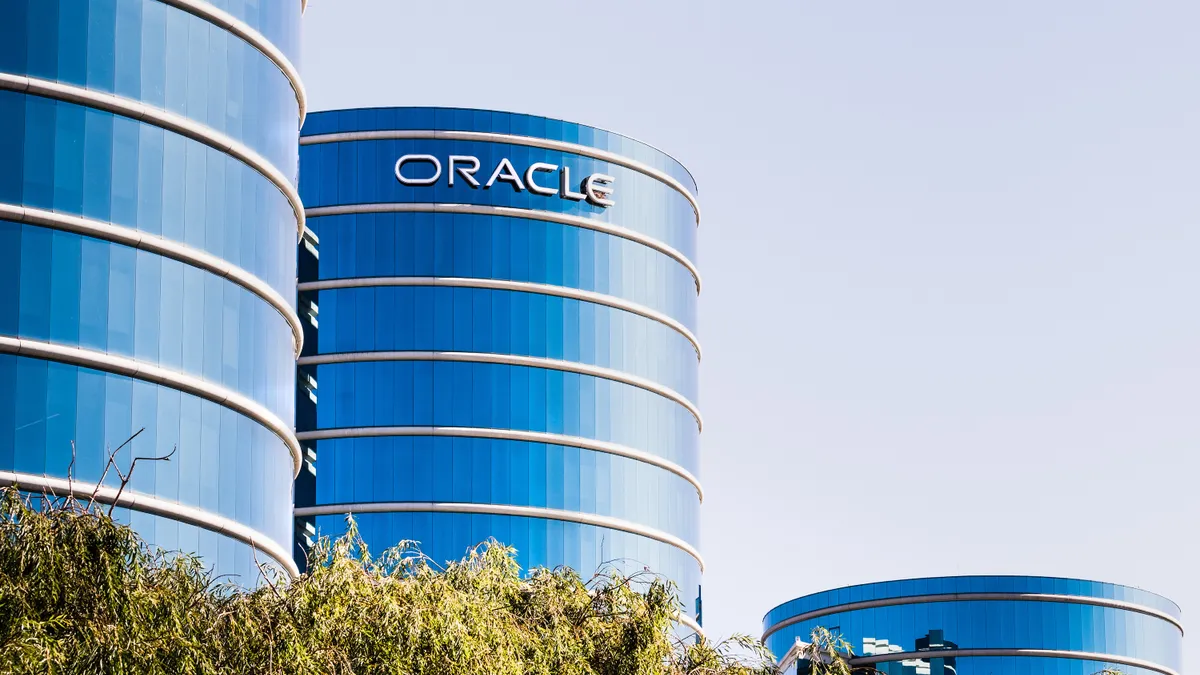The annual enrollment season always has its share of logistical challenges for employers, but the past two years have been made especially challenging by COVID-19.
In response to the pandemic, some employers bolstered employee benefits offerings. The Society for Human Resource Management's 2021 annual benefits survey found, for instance, that 43% of respondents boosted telemedicine services, while the share of those offering paid family leave was up by seven points from the organization's 2019 survey.
Yet the need to put new and existing benefits in front of workers has persisted, and is perhaps more critical than ever before; heightened stress levels and high rates of deferred preventative care — among other observed trends — indicate a need for the support employee benefits may provide. In that respect, the pandemic also created an opportunity for employers to expand benefits outreach.
Even before the pandemic employers had begun to realize the role that family members and other loved ones play in either pushing employees to make better benefits-related decisions, or serve as benefits decision-makers themselves, according to Kim Maitlin, North America practice leader, communication and change management at Willis Towers Watson.
"Reaching the decision-maker has always been important, and it's not always the employee making that decision," Maitlin said in an interview. Because non-employees can have significant influence in that regard, they are a critical audience for employers to consider, she added.
COVID-19's impact on non-employee outreach
Traditionally, employers have relied on methods including sending mailers to an employee's address as one way of getting family members to pay attention to benefits-related deadlines and notices, said Carolina Valencia, vice president in Gartner's HR practice.
Employers can make those mailings pop simply by using higher quality paper and more professional designs, and some have opted to create magazine-style packages centered around benefits, she added. They also can include QR code links so that anyone at the employee's location can access relevant sites or platforms, Kim Buckey, vice president of client services at healthcare benefit services vendor DirectPath, said in an email to HR Dive.
But troubles with both sending and receiving mail during the pandemic led employers to utilize digital channels to reach these decision-makers as well, Maitlin said. Some of those solutions resemble more traditional settings, such as the pre-pandemic benefits fair in which employees could speak to vendors directly. Now, clients have turned to WebEx, presentation videos and other formats to create a similar experience, she added.
"We've seen many organizations opening those up to families or decision-makers at home," Maitlin said. "In our organization, we rolled out more virtual benefits fairs than we ever have before."
Other tactics include text message updates, as well as emails that can be forwarded to personal email addresses outside of an organization's firewall. Employers can track data such as clickthrough rates to better understand how they can target and reach non-employees, Maitlin continued.
Could video conferencing prove useful?
Given the ubiquity of remote work and video conferencing technology in many pandemic-era workplaces, it may not come as a surprise for HR professionals that some employers have utilized Zoom and other channels to present benefits options to non-employees. Video conferencing not only allows organizations to reach a wider audience, Maitlin said, but it also allows them to be more efficient in doing so.
"There are no limitations for us in terms of getting the space, or whatever travel may be or running it at an appropriate time," she added. "We can run those sessions at many different times during the day."
Valencia said Gartner has seen employers make use of video conferencing tech in this way, and noted its appeal at a time in which employees and their families generally are more connected to organizations and want to stay ahead of changes. Prior to the pandemic, employees may have been aware whether their employers offered 401(k) plans, but now they might have questions about employer matches and whether they will continue.
"Organizations realized that there were a lot of communications that needed to be shared with employees, and some of that was more specialized and tailored," Valencia said. Frequency has also been an issue, she added, and messages that were once communicated annually may have needed to be made at a faster pace.
Zoom and other platforms are not ideal for every workforce, however. Employers may have workforces in which workers are primarily on-site or in multiple locations with limited access to a computer, Valencia said.
Others have found that the technologies are not always effective for communications purposes. Buckey said that DirectPath's enrollment team has received requests for presentations via Zoom, WebEx and multiple other platforms, but has so far opted to stick with telephonic or on-site sessions because of concerns about the platforms' reliability.
Employers must "be aware of what are all the differences between the populations that you have, and how you reach out to them," Valencia said.
Internal platforms are also an option, and some employers expanded those channels to include community pages specifically tailored to family members so that they can access information about available benefits, Valencia continued. These avenues also can emphasize how spouses, partners and other decision-makers can earn credit for participating in health-related activities.
It may make sense for employers to consider guest logins for such platforms, Maitlin added; "It's something we've been recommending to a lot of organizations."
Using the right voice
When it comes to the etiquette of reaching out to non-employees, employers should generally be mindful and avoid being "too pushy," in Valencia's words. With mailers and emails, for example, employees still have control over whether they share these outreach methods with other potential decision-makers, she noted.
Maitlin said she did not believe there was a specific manner in which employers should approach non-employees, but that employers should engage carefully and avoid assumptions that they know what non-employees' needs and preferences are.
But that does not mean employers should not try to encourage their participation. "Most of our enrollment clients heavily promote having a family member join the employee (or attend in place of the employee) on 1-on-1 enrollment calls," Buckey said.
Maitlin noted it also may be advisable to run focus groups of spouses, partners and other non-employee decision-makers to gauge their response to topics such as well-being. "There's a lot of unique needs to take into account," she said.
Not all non-employees will prefer the same methods of communication, Valencia said, so employers might want to approach the issue from multiple perspectives. Certain demographic groups may prefer an email, while others may prefer to receive a flier sent to their home.
"I doubt you would find a situation where employees wouldn't want their family members to be involved," said Valencia. She added that overloading employees with information is a more common concern, particularly given that employees may not have all that much in the way of time to absorb benefits information.
That, too, could be an opportunity to involve other decision-makers. "It's less about identifying when a family member is a decider, and more about making it easier in cases when it is."





















